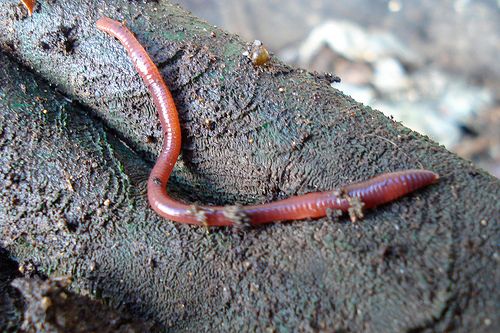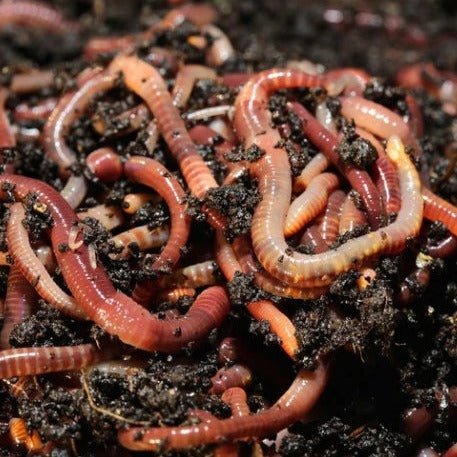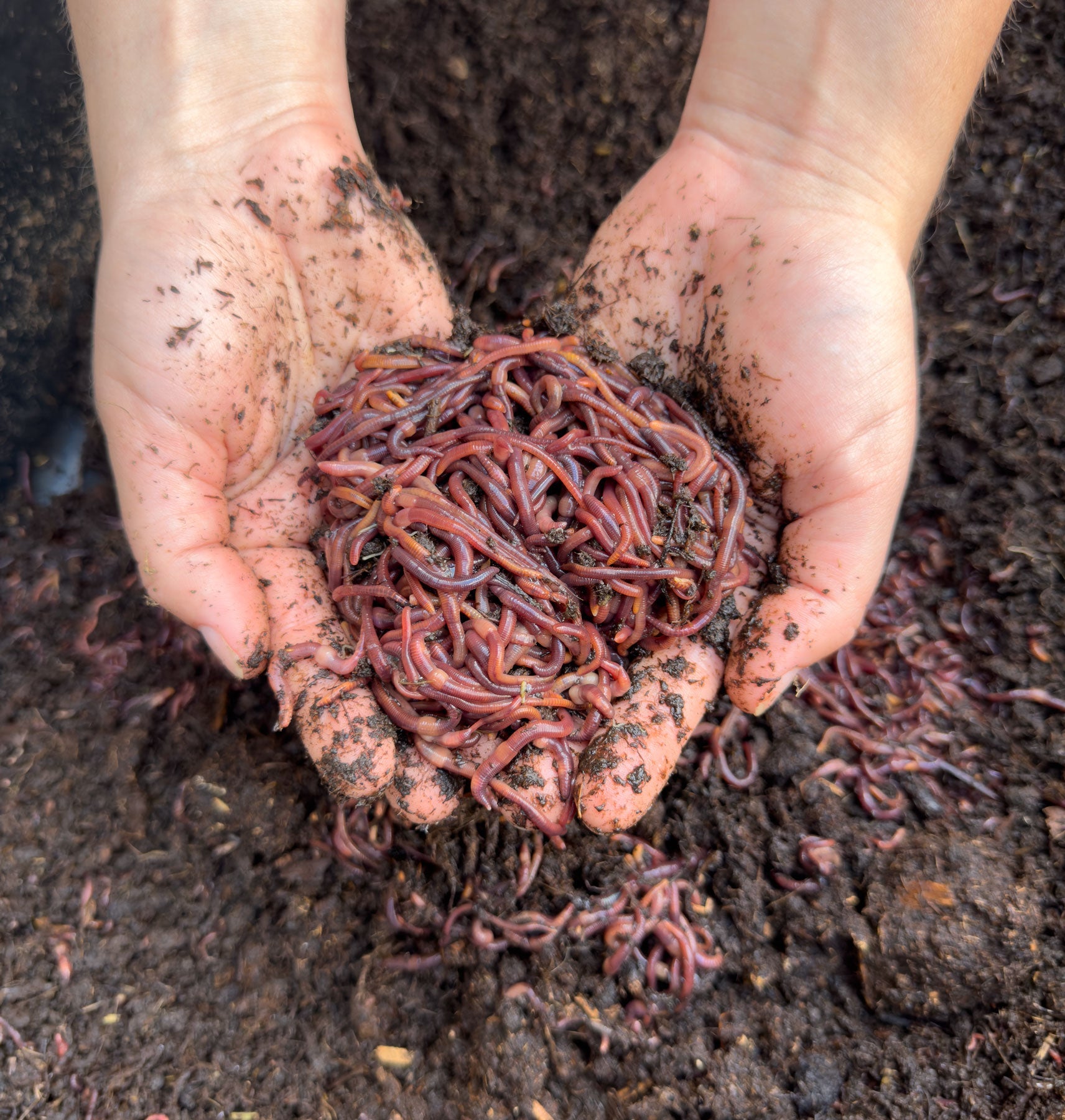Professional Lawn Care Services Powered by Lake Hickory Bait for Stunning Results
Professional Lawn Care Services Powered by Lake Hickory Bait for Stunning Results
Blog Article
Exactly How Red Wigglers Can Change Your Composting Experience
The combination of red wigglers right into composting methods provides a transformative approach to squander monitoring and soil enrichment. These organisms not just expedite the decomposition process however also produce nutrient-dense vermicompost that boosts soil wellness and fertility. Their adaptability to various environments makes them a suitable choice for both novice and experienced composters alike. However, comprehending the particular demands and advantages related to keeping a thriving worm population is critical for optimizing their possibility. What approaches can one employ to ensure an effective vermicomposting experience?
Benefits of Red Wigglers
Red wigglers, clinically known as Eisenia fetida, are a foundation of reliable composting systems due to their remarkable capacity to decompose natural matter effectively. These worms master changing kitchen scraps, backyard waste, and other natural materials right into nutrient-rich compost, generally described as worm spreadings. Lake Hickory Bait. This process not only reduces land fill waste but additionally adds to sustainable gardening techniques
Among the primary advantages of red wigglers is their high reproduction rate, enabling them to inhabit a composting setting quickly. This fast multiplication improves decomposition prices, causing faster compost production. Furthermore, red wigglers grow in a diverse series of conditions, making them adaptable to numerous composting setups.

Establishing Your Worm Bin
(Charlotte NC Worms For Sale)To produce an efficient worm container for composting, mindful focus must be provided to its style and atmosphere. An optimal worm bin need to be constructed of materials that are resilient yet permit essential air flow, such as plastic or timber. The size of the container can vary, but a volume of approximately 1 square foot per extra pound of worms is a good starting factor.
Ensure that the container has water drainage holes to stop water build-up, which can cause anaerobic conditions damaging to the worms. Furthermore, integrating ventilation openings will help keep appropriate humidity levels and oxygen flow.
Next, it is vital to offer bed linen for the worms, which can consist of shredded paper, cardboard, or coconut coir. This bed linens not only uses an environment for the worms yet additionally aids in wetness retention.
Setting the worm container in an area that keeps a temperature series of 55-77 ° F(13-25 ° C) to maximize worm activity. Prevent putting the container in direct sunlight or severe temperature levels. By following these standards, you can develop a favorable setting for red wigglers, improving the performance of your composting process.
What to Feed Your Worms

(Hickory NC Worms For Sale)Red wigglers especially appreciate soft, wet foods like watermelon peels, cucumber peels, and banana peels. Nevertheless, it is important to prevent feeding them citrus fruits, onions, and garlic, as these can be damaging to their wellness. In addition, prepared foods, dairy products, and meat should be purely prevented, as they can bring about odors and attract pests.
To preserve optimal problems, it's suggested to chop bigger scraps right into smaller sized pieces, promoting quicker disintegration. Start by introducing little quantities of food and keep track of the worms' consumption rate; change appropriately to avoid overfeeding, which can produce a harmful atmosphere. Supplying a constant feeding timetable will certainly help keep your worm population growing while boosting the overall efficiency of your composting efforts. By comprehending what to feed your worms, you lay the foundation for a successful and lasting composting experience.
Keeping a Healthy And Balanced Environment
Producing a prospering composting atmosphere for red wigglers needs focus to their environment, as it straight affects their wellness and efficiency. The optimal habitat must maintain a balanced moisture degree, typically in between 60-70%. Extreme moisture can lead to anaerobic problems, while not enough dampness may dry out the worms.

The bed linen product in the garden compost need to vary and shredded, incorporating materials like cardboard, newspaper, and coconut coir. This not only supplies a comfortable environment however likewise functions as a food resource. Lake Hickory Bait. On a regular basis checking for smells or indications of insects can assist determine possible concerns before they escalate
Lastly, maintaining a balanced pH degree, ideally between 6 and 7, makes sure a helpful environment for red wigglers, promoting their ability to procedure raw material effectively. By attending to these elements, you can create a sustainable and efficient composting community.
Harvesting and Using Compost
Gathering compost from a worm bin is a rewarding process that changes natural waste right into nutrient-rich material for yards and plants. Once the composting cycle is full, normally after 8-12 weeks, it's time to collect the vermicompost. The primary step entails separating the red wigglers from the finished garden compost. This can be done using techniques such as the "light" method, where worms are drawn in to light and can be scooped away from the leading layers, or by moving the compost away of the bin and including fresh bedding to the other side, encouraging the worms to move.
When the worms are removed, the remaining compost can be sifted to get rid of any larger particles or undecomposed product. This abundant compost can be applied straight to garden beds, combined into potting soil, or used as a leading clothing for potted plants.
Verdict
Incorporating red wigglers into composting practices considerably boosts the decomposition procedure and adds to the manufacturing of nutrient-rich vermicompost. Their versatility to different atmospheres and high reproduction rates ensure a sustainable populace, which successfully breaks down raw material. The resulting worm spreadings improve dirt structure, fertility, and microbial activity, eventually advertising healthier plant development. The assimilation of red wigglers right into composting not just maximizes waste monitoring yet likewise improves garden communities.
Report this page